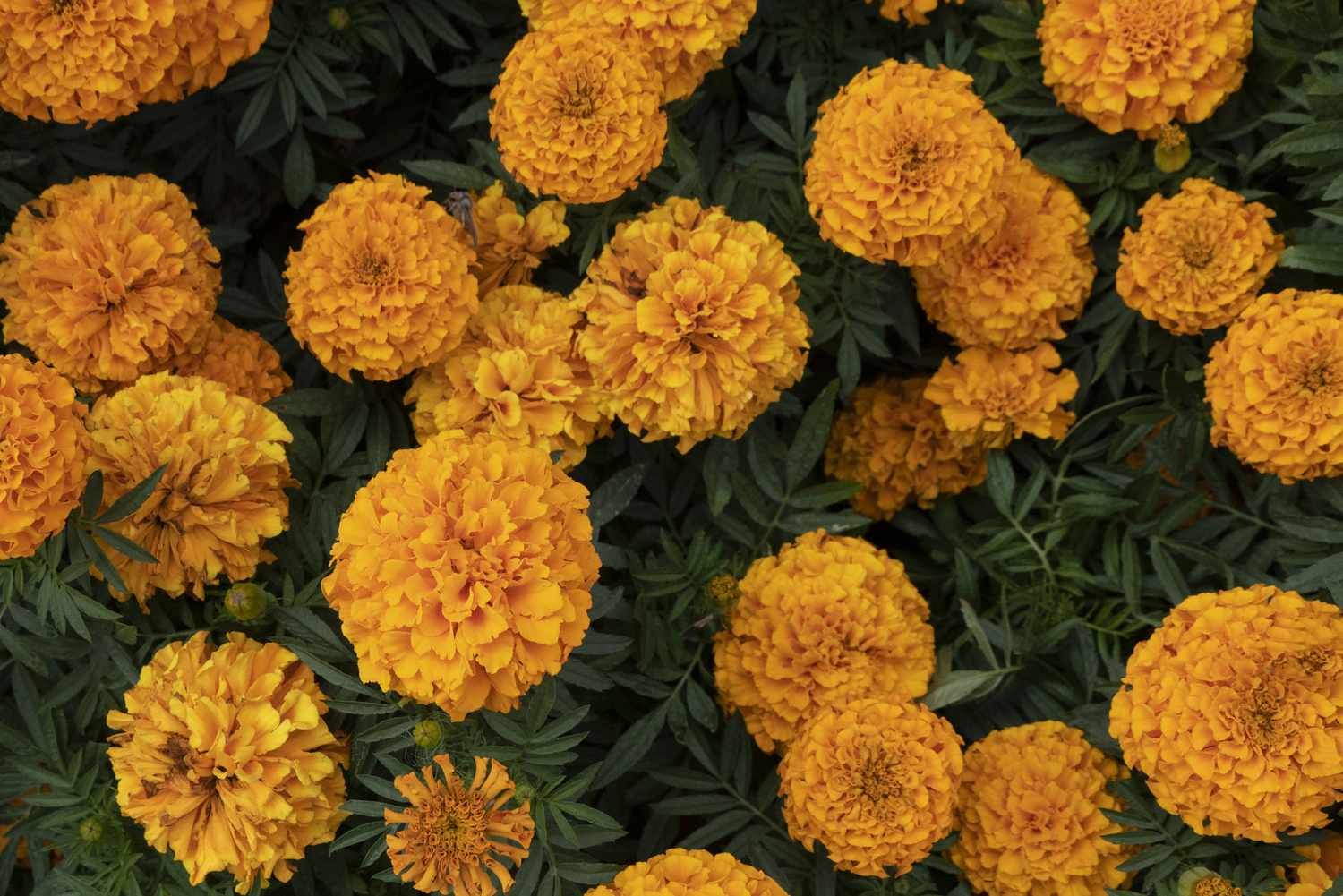radicalthought.org – In the tapestry of nature’s floral kingdom, few blooms capture the essence of the sun’s radiant spirit quite like the bold marigold. With its vibrant hues and resilient nature, the marigold stands as a beacon of warmth and vitality, embodying the very essence of summer’s golden glow. This article delves into the captivating world of the marigold, exploring its cultural significance, its role in gardens, and its myriad benefits to both humans and the environment.
The Symbolism of Marigolds
Marigolds, scientifically known as Tagetes, are native to Mexico and Central America but have spread across the globe, enchanting gardeners and cultures alike with their beauty and symbolism. In many traditions, marigolds are symbols of the sun, warmth, and protection. They are often associated with the spirits and are used in various rituals to honor the dead, most notably in the Mexican festival of Día de los Muertos, where their bright orange and yellow petals are believed to guide the spirits back to their loved ones.
A Garden’s Jewel
In the realm of gardening, marigolds are cherished for their versatility and ease of cultivation. They come in a variety of species, each offering a different splash of color and form. From the bold, oversized blooms of the African marigold to the delicate, lacy petals of the French marigold, there’s a marigold to suit every gardener’s taste. Their vibrant colors range from sunny yellows and oranges to more subdued creams and whites, making them a favorite for adding a pop of color to any garden.
Beyond their aesthetic appeal, marigolds are also known for their beneficial properties in the garden. They are often used as companion plants, as their pungent scent can deter pests such as aphids, whiteflies, and even rabbits. This makes them invaluable allies in the organic gardener’s quest for a healthy, pest-free environment.
The Benefits of Marigolds
Marigolds are not just a feast for the eyes; they offer a multitude of benefits. Historically, they have been used in traditional medicine for their anti-inflammatory, antifungal, and antibacterial properties. Marigold tea, made from the petals, is said to aid in digestion and relieve menstrual cramps. The flowers can also be used in salves and ointments to soothe skin irritations and wounds.
Moreover, marigolds are a haven for pollinators. Their bright colors and nectar-rich blooms attract bees, butterflies, and other beneficial insects, making them an essential component of a pollinator-friendly garden. This not only contributes to the biodiversity of the garden but also supports the health of the surrounding ecosystem.
Cultivating Marigolds
Growing marigolds is a rewarding endeavor for gardeners of all levels. They thrive in full sun and well-drained soil, making them ideal for both garden beds and containers. Sowing seeds directly into the ground after the last frost or starting them indoors a few weeks earlier can ensure a vibrant display throughout the summer and into the fall. Deadheading spent blooms encourages continuous flowering, extending the season of enjoyment these cheerful flowers provide.
Conclusion
The bold marigold, with its sun-kissed hues and myriad benefits, is more than just a flower; it’s a symbol of resilience, warmth, and the enduring spirit of summer. Whether adorning a garden, playing a role in cultural traditions, or offering its healing properties, the marigold continues to captivate and enrich the lives of those who embrace its vibrant presence. As we marvel at the beauty of these golden blooms, we’re reminded of the sun’s life-giving energy and the joy that comes from nurturing the natural world around us.
